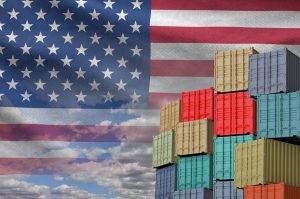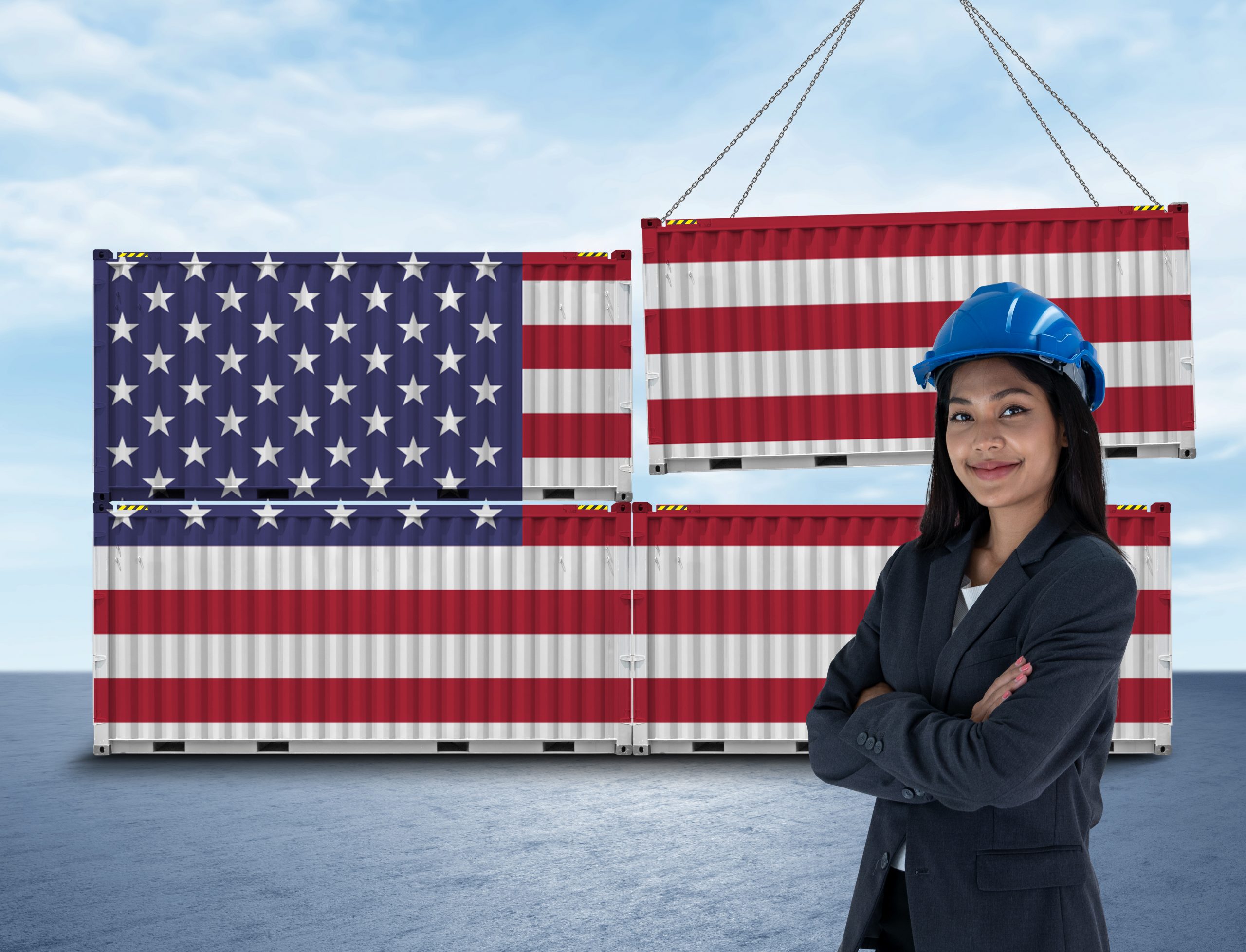Importing goods promises savings and growth, but for many small and mid-sized U.S. businesses, hidden costs quietly erode margins. From unexpected duties to costly supply chain delays, these challenges often go unnoticed until profits vanish.
These are the hidden costs of importing. From unexpected tariff spikes to documentation errors and supply chain delays, these issues can quietly erode your bottom line. This guide breaks down where U.S. businesses are losing money, without realizing it, and how to prevent it from happening.
1. Misclassified Products Lead to Higher Duties
Tariff classification errors are among the most common and costly mistakes in importing. A product assigned the wrong Harmonized Tariff Schedule (HTS) code may be taxed at a much higher rate than necessary, or worse, flagged by Customs and Border Protection (CBP) for inspection or penalties.
For small to medium-sized businesses (SMBs) that may not have a dedicated compliance officer or import team, these oversights can become routine and costly.
What you can do:
Work with a licensed customs broker to review the Harmonized System (HTS) codes before importing. Proper classification can significantly reduce duty costs and help avoid compliance issues. Clearit USA provides real-time HTS assessments and ongoing support to help small businesses stay accurate and compliant.
2. Sudden Tariff Changes Blow Budgets
Trade tensions can change quickly. The most recent round of Section 301 tariff hikes affected a wide range of goods imported from China, with duties jumping as high as 104% for specific categories.
Fixed supplier agreements often leave importers with little recourse, forcing them to absorb these costs without passing them on to customers who may look elsewhere.
What you can do:
Stay informed with ongoing policy updates. Consider negotiating with overseas suppliers to include tariff-sharing clauses or flexible pricing models that benefit both parties. For an overview of strategies to handle new U.S. tariffs, check out our practical guide.
3. Inflation Amplifies Duty Costs
Inflation can amplify tariff costs in ways that businesses often don’t anticipate. A duty applied to a $100 item is one thing; that same duty on a $130 item, due to inflationary pricing, means a larger financial hit, even if the tariff rate remains unchanged.
This “tariff pass-through” effect, where importers bear the brunt of both inflation and trade barriers, is often underestimated by small to medium-sized businesses (SMBs).
What you can do:
Monitor not only tariff policy but also the broader economic trends that influence your landed cost. Read how inflation and duties interact and what importers can do to stay agile.
4. Supply Chain Disruptions Cost More Than Time
Port delays, container shortages, and unpredictable lead times not only delay shipments but also incur hidden expenses. These include demurrage fees, storage charges, missed sales opportunities, or increased air freight costs as a last-minute fix.
Small businesses often lack the volume or leverage to negotiate favorable shipping terms, leaving them more exposed to disruption-related cost spikes.
What you can do:
Diversify your shipping routes and timelines. Look into customs-bonded warehouses or third-party logistics partners that specialize in small business solutions. Clearit USA’s insights can help guide more innovative logistical planning.
5. Documentation Errors Lead to Fines and Delays
Incorrect or incomplete documentation can delay shipments, trigger inspections, or result in CBP penalties. This includes undervalued invoices, missing country of origin data, or vague product descriptions.
For smaller companies unfamiliar with customs requirements, the risk of repeated documentation errors is high.
What you can do:
Invest in training or outsource documentation management to a licensed broker. Proper filing helps ensure compliance and reduces costly delays. Our guide on IEEPA tariff changes offers an example of how even policy shifts can affect your documentation requirements.
6. Missed Opportunities for Duty Relief
There are legitimate ways to recover or reduce duty costs, like duty drawback programs, Foreign-Trade Zones (FTZs), and tariff exclusions. Yet many small to medium-sized businesses (SMBs) never pursue them, assuming they’re only for large-scale importers.
This leaves money on the table, year after year.
What you can do:
Explore what programs apply to your business. Duty relief is more accessible than most small to medium-sized businesses (SMBs) realize. Read our tariff strategy explainer for tips on recouping what you’re owed.
7. Poor Supplier Negotiation Around Tariffs
Suppliers don’t always proactively adjust pricing to reflect new tariff costs. Many will continue to quote prices that disregard the new duties, thereby shifting the entire burden onto U.S. importers.
Small businesses often bear the full brunt of this, putting them at a competitive disadvantage.
What you can do:
Don’t be afraid to have direct conversations about tariff-sharing, alternative HS codes, or modifying sourcing terms. This negotiation guide outlines how to make tariff cost conversations less confrontational and more productive.
Final Thoughts
Importing can drive business growth, but only if you understand the complete financial picture. Tariffs, shipping disruptions, and compliance missteps disproportionately impact smaller businesses that lack the infrastructure to absorb or mitigate them.
If you’re a small business looking to import smarter, not just cheaper, Clearit USA is here to help. From real-time classification to proactive compliance and customs clearance, our team enables you to stay competitive and compliant, even in turbulent trade times.
Reach out to Clearit USA to discover how we can help you reduce your hidden importing costs and plan with confidence.






